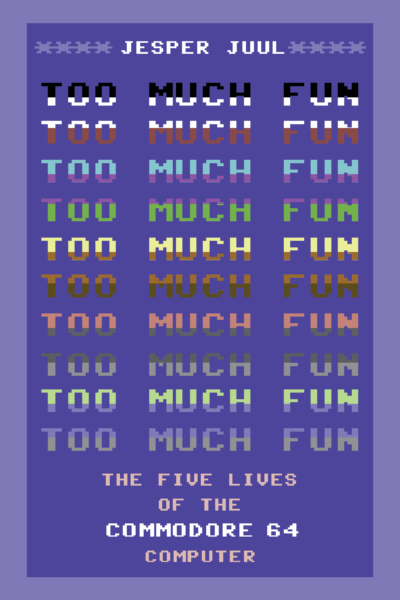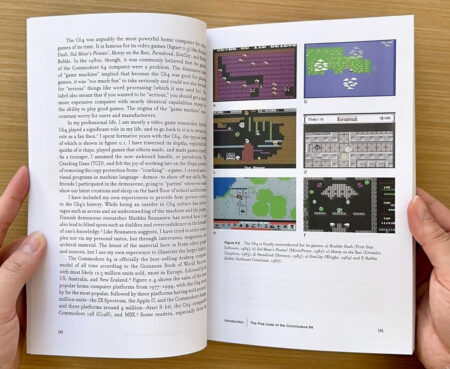On the occasion of my new book Too Much Fun: The Five Lives of the Commodore 64 Computer, I am writing The History of the Commodore 64 in Twelve Objects, posted weekly from November 1st, 2024:
The final boss in Turrican II for the Commodore Amiga (source)
By 1991, the Commodore 64 was waning as a commercial platform – yet games were still coming out, especially in Europe. There had been little reason to expect that the C64 would be produced for so many years, and Commodore had assumed that the Commodore Amiga would be the replacement.
Launched as a professional computer in 1985 (Amiga 1000) and later as a consumer model in 1987 (Amiga 500), the Amiga was technologically in a completely different league. Designed by Jay Miner and the team behind Atari’s 8-bit computers, the Amiga had a faster CPU, digitized sound, a graphical multitasking OS, and a graphics system geared towards hires, multilayered and fast-moving graphics.
Where the original 1990 Turrican was a C64-first release, Turrican II was released in 1991 for the Amiga and later for the C64, PC, and other platforms. According to interviews with developer Manfred Trenz, Turrican II development started on the C64, but this platform apparently was no longer the primary focus. In this way, the space between Turrican I and II is the moment where the C64 became the secondary platform for the developer. The Turrican games also mark the time where the C64 action-adventure tradition discussed previously became influenced by Japanese action games too.
How would the C64 version stack up to other platforms? As the Zzap!64 review stated, “This game is the sort of program you’d expect … on some exotic, super expensive Japanese console. … The walkers are terrific too, they look like Amiga characters”. While the hardware of competing platforms was improving, C64 developers were also improving their skills, sometimes with inspiration from the demoscene.
The final boss in Turrican II for the Commodore 64 (source)
Developers were trying to keep up with more capable platforms, especially with the Amiga. In C64 reviews, the recurring question in the late 1980s and early 1990s became, “how good is it, compared to the Amiga version?” – or to a newer computer or console? This was raised for games (Defender of the Crown, Lemmings), user interfaces (the graphical GEOS interface), and demos.
In Too Much Fun, I call this the Fourth Life of the C64, characterized by anxiety about the status of the machine. But that anxiety was to dissipate, as I will discuss next week.
Did you worry that the C64 could no longer keep up with newer machines? When did you stop worrying?
Coming Jan 17th: Object #12 – The Commodordion – two C64s as a musical instrument













 On the occasion of my upcoming book
On the occasion of my upcoming book